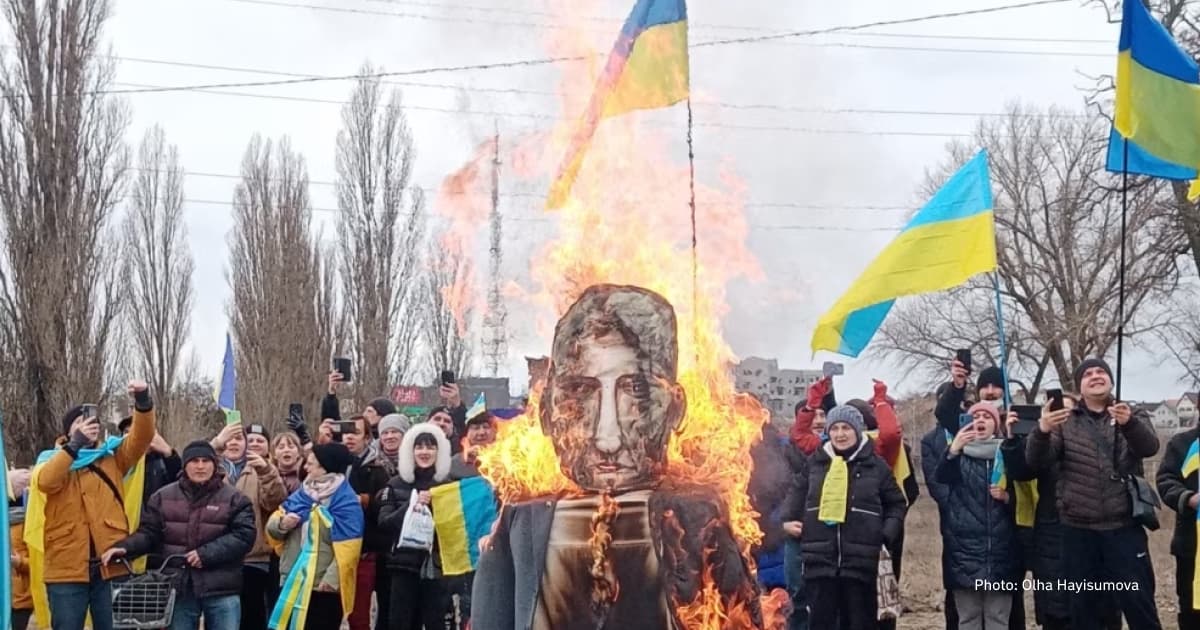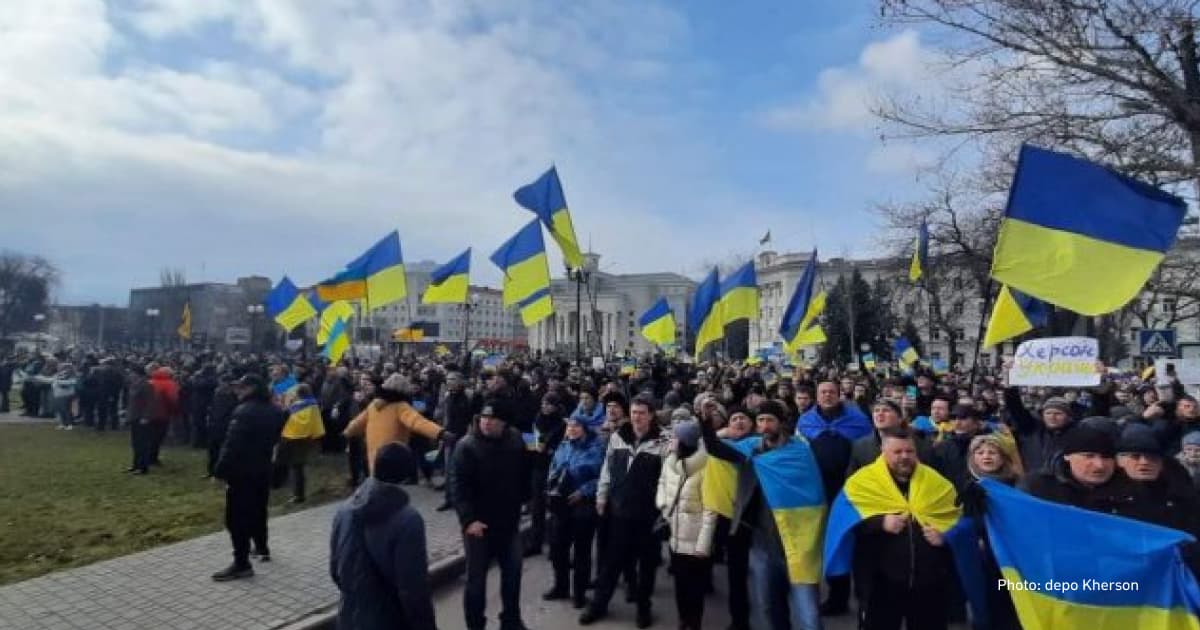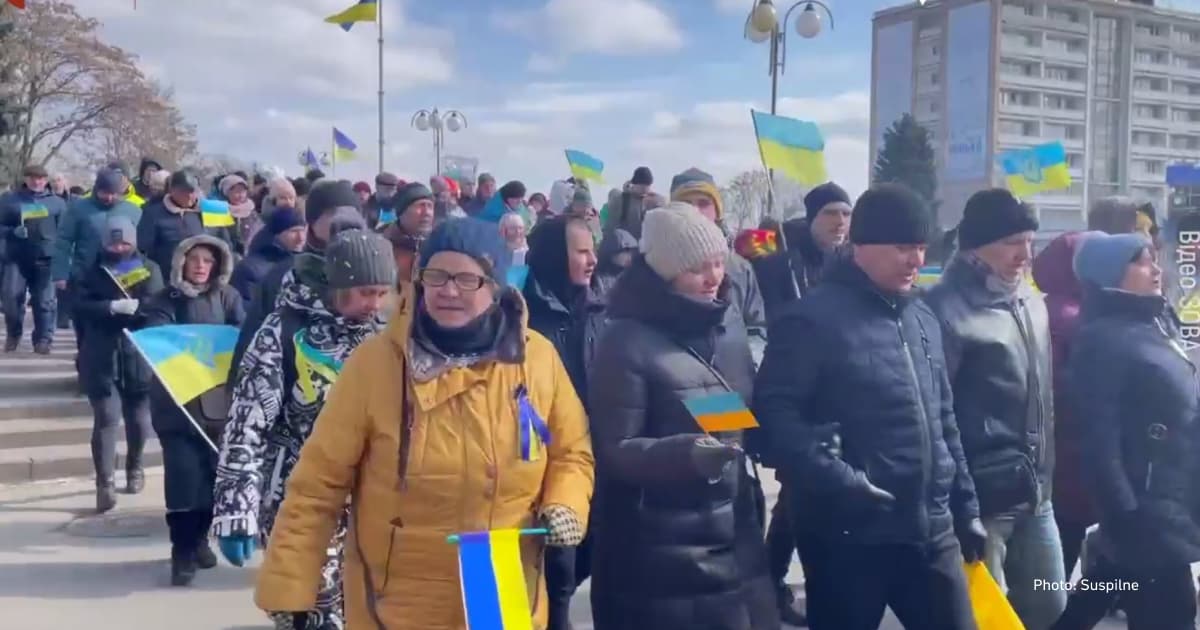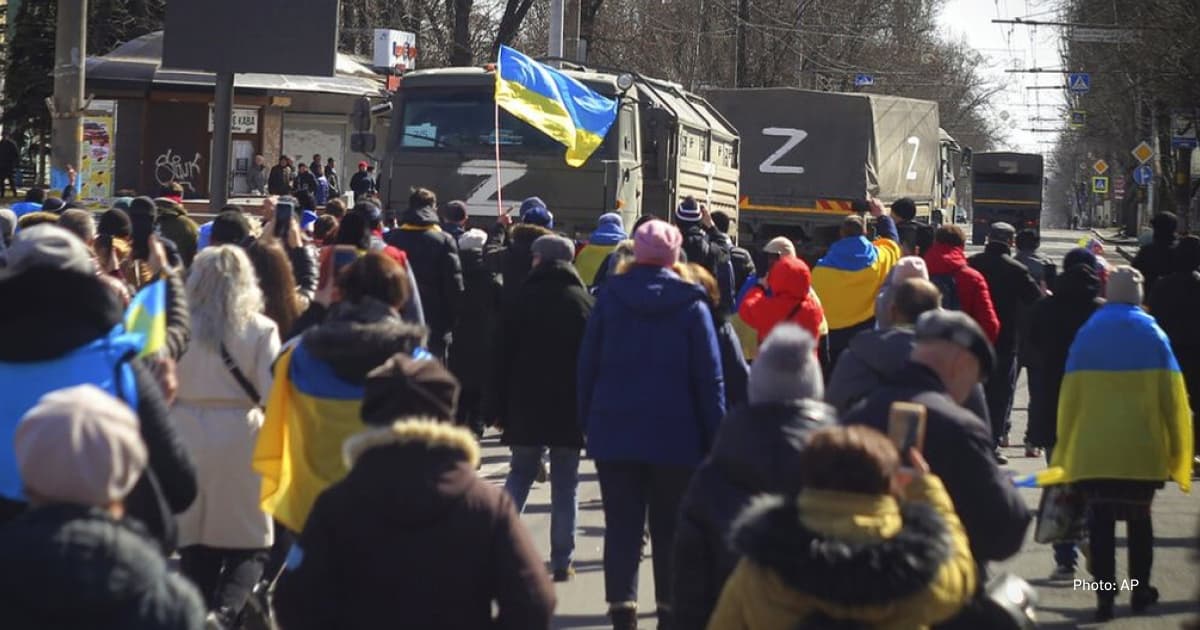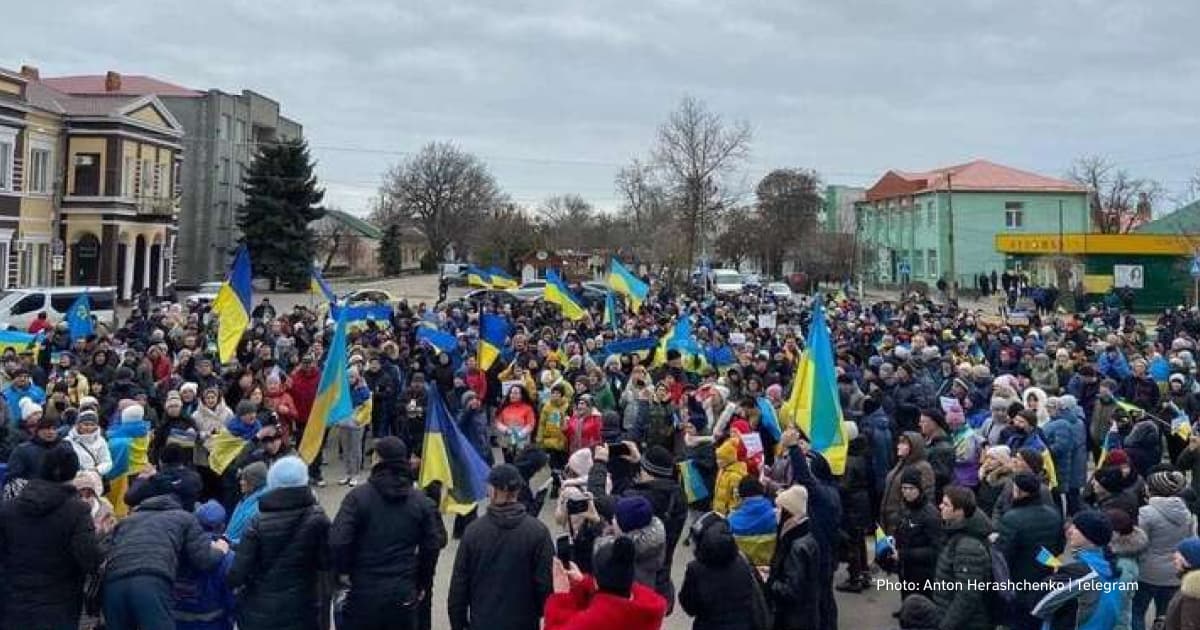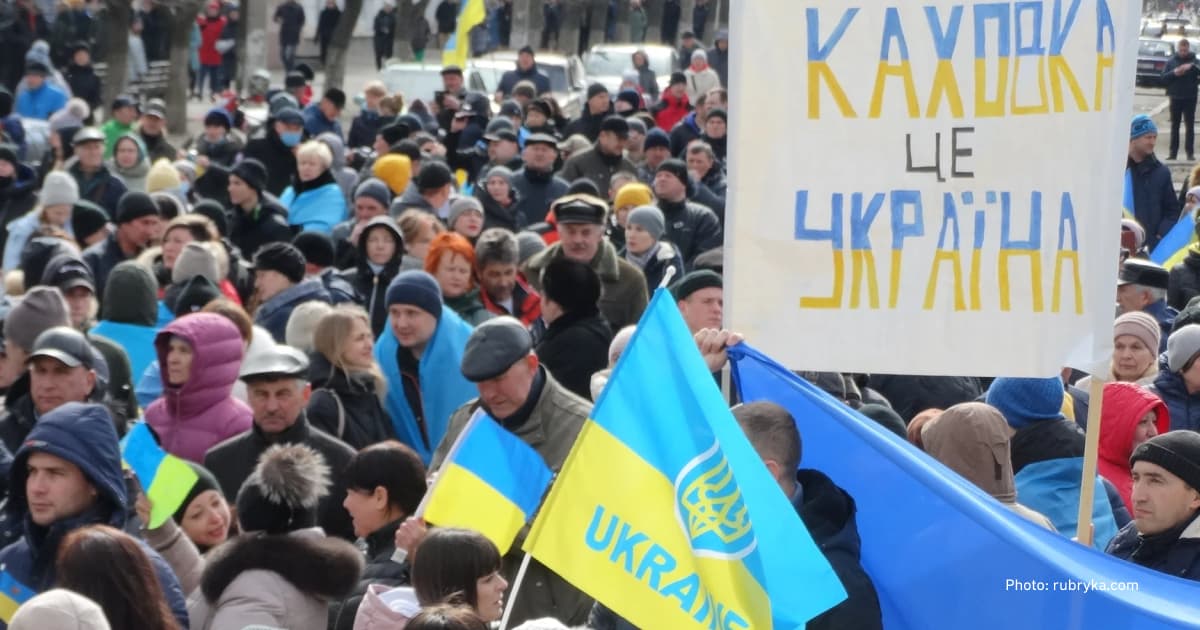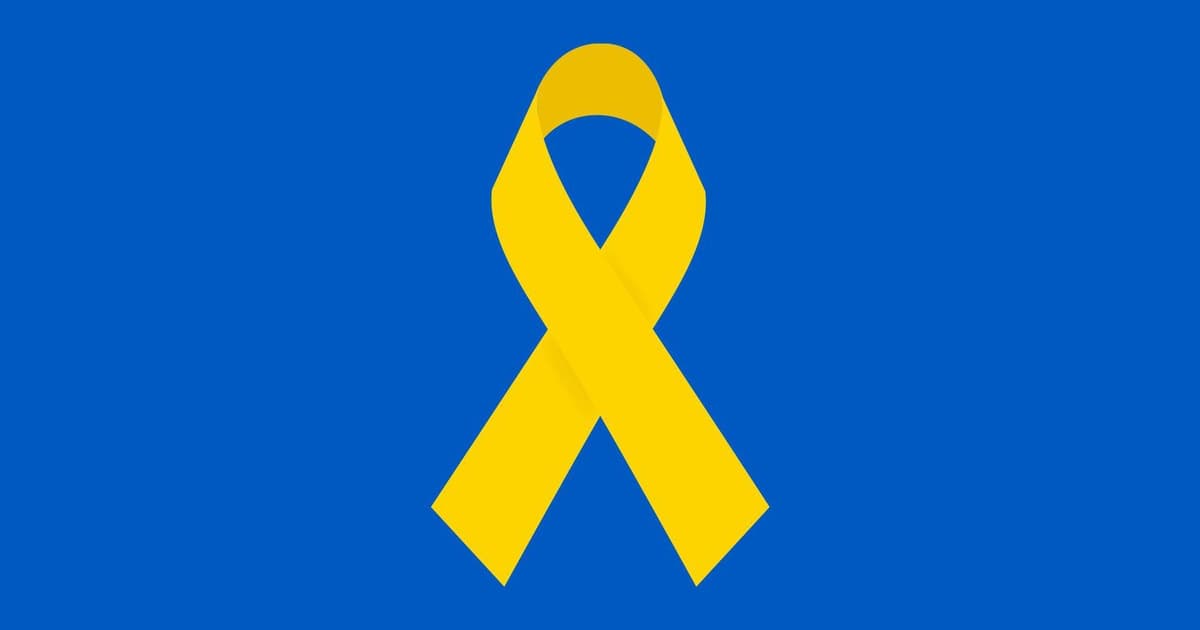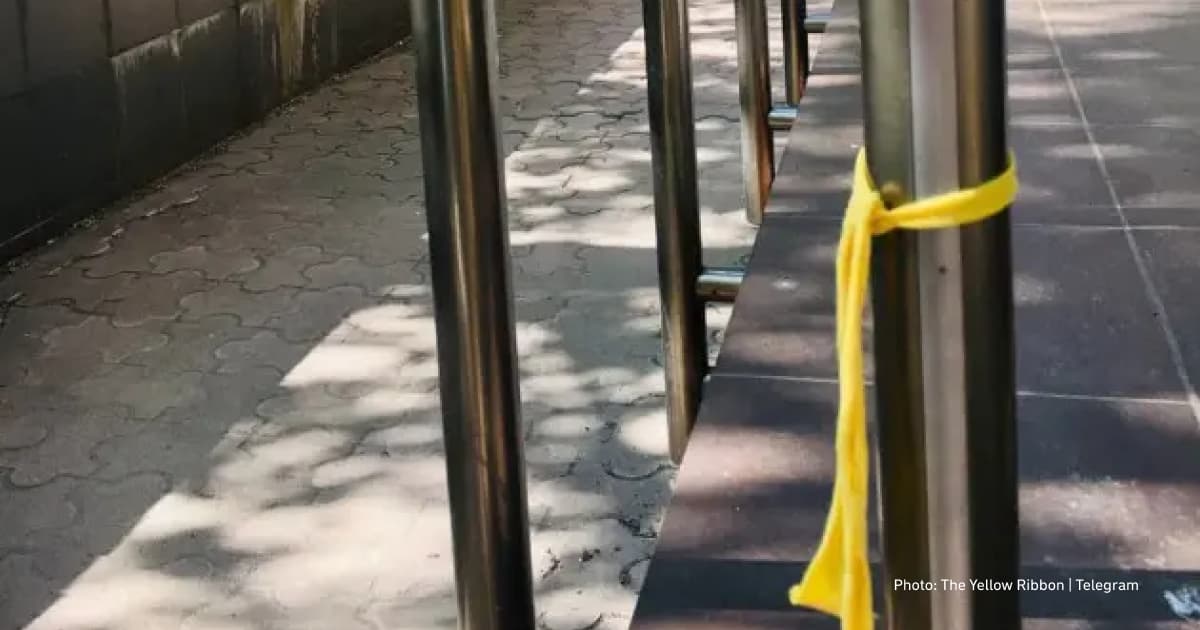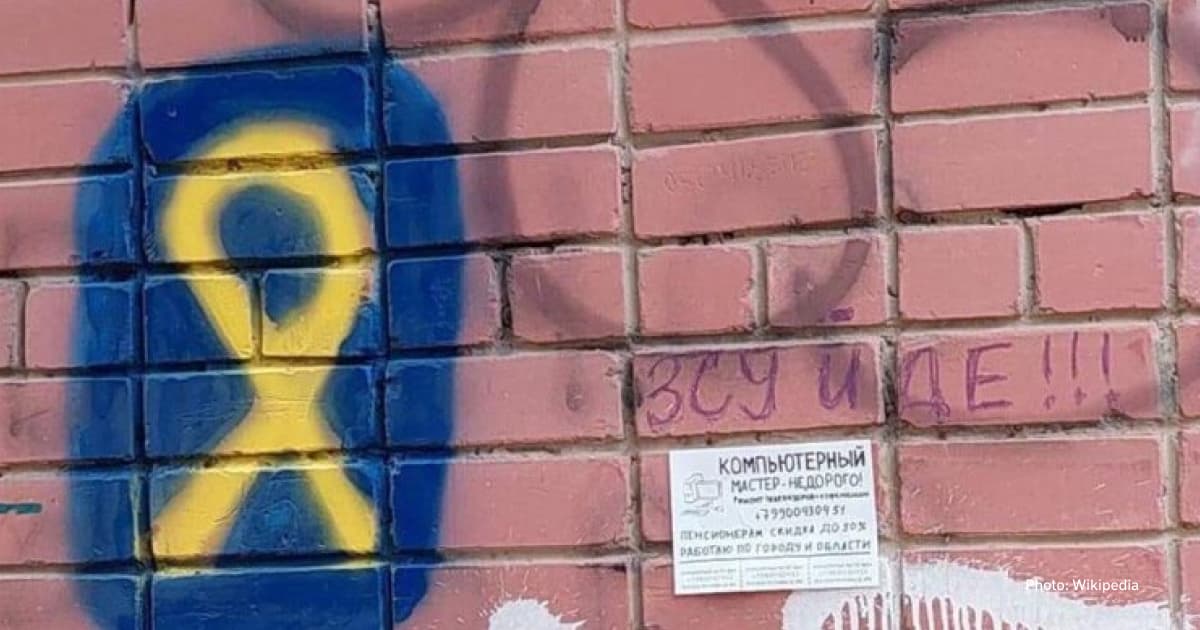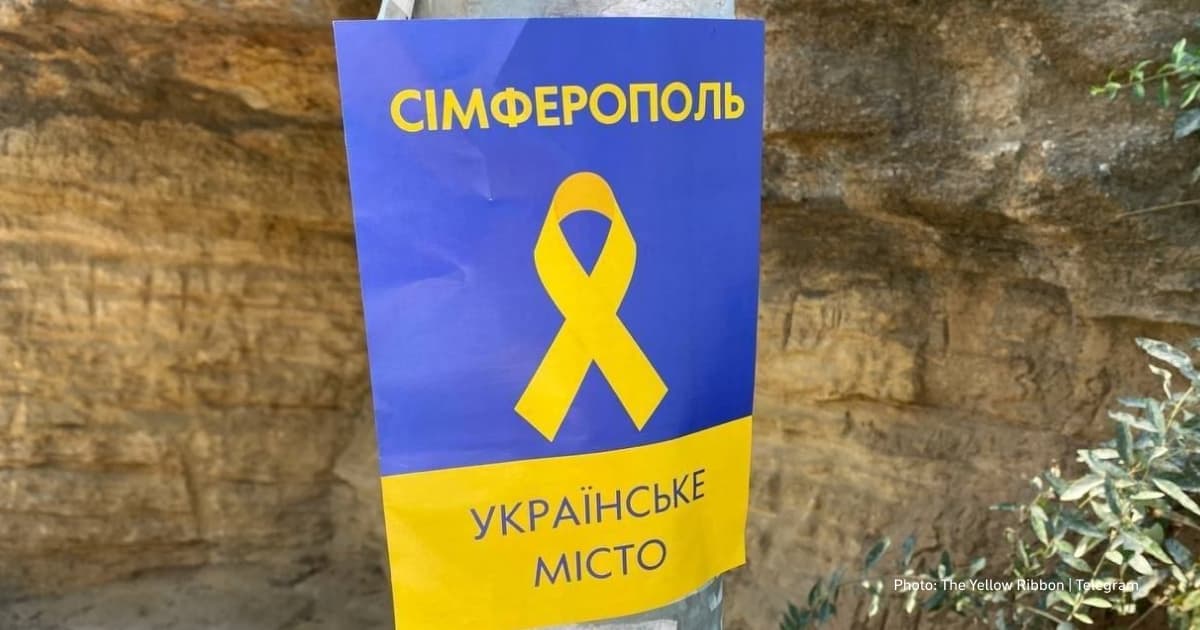"I didn't tell anyone about it because this is guerrilla warfare": the new generation of Ukrainian resistance
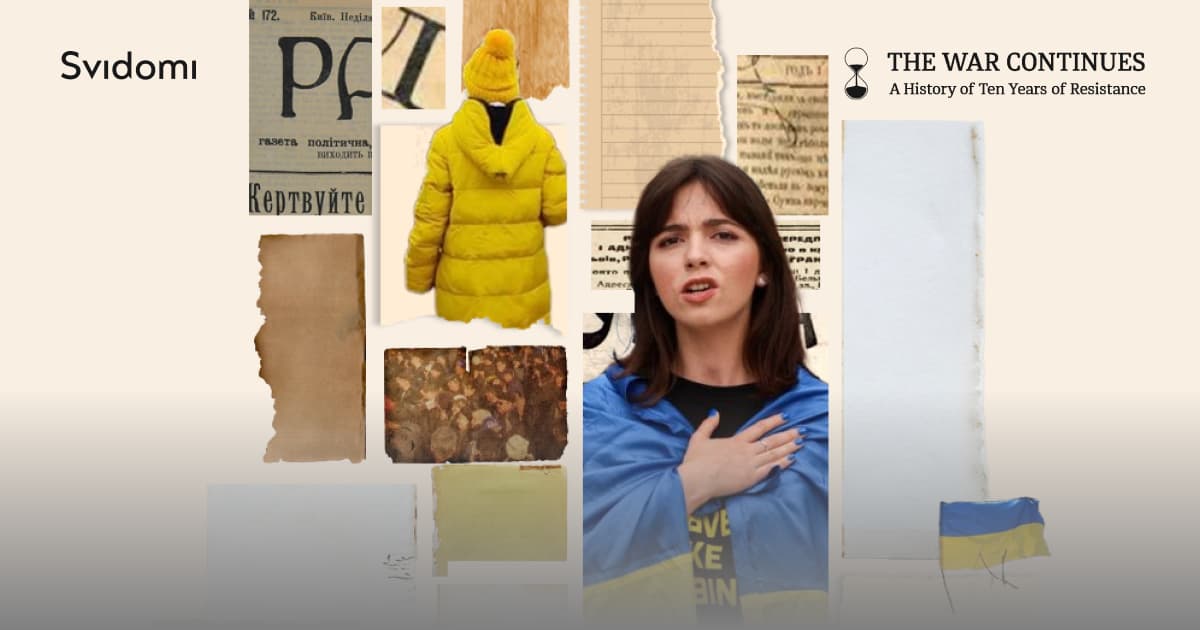
We have seen many examples of spontaneous self-organised struggle throughout Ukraine's history, says Dmytro Bilyi, Doctor of Historical Sciences, professor and writer.
"You can call it historical memory, but with the outbreak of the war, we saw this ability to organise on a horizontal level. It was an explosion of self-organisation," says the historian.
When the full-scale Russian offensive began, Ukrainians took to the streets to confront Russian tanks in their towns and villages. From Koriukivka in the Chernihiv region to Melitopol in the Zaporizhzhia region.
After the Russians entrenched their positions, the Ukrainian resistance was forced to go underground.
Svidomi tells some of the stories of the resistance of the new generation of Ukrainian partisans and their participation in the war against Russia.
This article was published as part of the special project 'The War Continues: A History of Ten Years of Resistance'.
How did it all begin?
On February 24, 2022, Russia started a full-scale invasion. One by one, resistance movements began to emerge in the occupied territories of Ukraine.
One was the Atesh movement, formed in the summer of 2022 in the centre of the Crimean Tatars and the pro-Ukrainian community on the temporarily occupied peninsula. The word "atesh" means fire in Crimean Tatar.
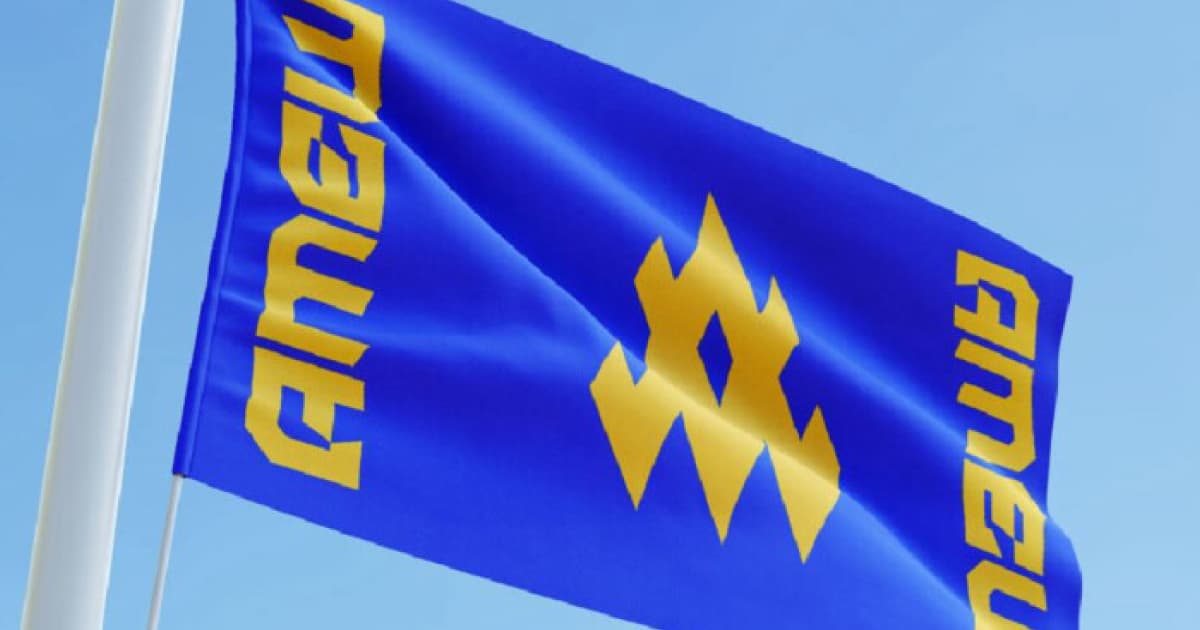
"We took our first active steps then. We joined the ranks of the Russian Armed Forces and acted to destroy it from within. Even then, it was clear that the scale of repression would continue to grow," the Atesh representative told Svidomi.
Kateryna (name changed for security reasons) from the Kherson region, which is in the south of Ukraine, recalls that Russians occupied her town from the first days of the full-scale invasion.
"Resistance began to form almost immediately. Locals took to the streets of the already occupied city with Ukrainian flags and posters saying 'you are not welcome here'," the activist says.
Kateryna joined the Yellow Ribbon Movement after the 'Kherson is Ukraine' rally on March 27, 2022.
"The Yellow Ribbon was established in April 2022 to provide information resistance to the Russian occupiers.
"When I returned to my city, I tied yellow ribbons, distributed posters and painted patriotic graffiti," she says.
The woman stresses that there are many ways to fight the Russians. But it is not always possible to talk about them.
"You never know where the danger comes from. This, by the way, is one of the reasons why activists act exclusively anonymously, without uniting among themselves," says the activist.
Svidomi also talked to Liliia from the already de-occupied Kherson, who joined the Yellow Ribbon in the spring of 2022. The women do not know each other, but both sought like-minded people when the full-scale war started.
"I also wanted to contribute, to show my civic position," says Liliia.
The woman says she learned about being a partisan from childhood.
"I often listened to stories about the World War II. My grandfather joined the partisans with his friends when he was 18-19. He fought, and my grandmother made grenades. Even though it was Soviet Ukraine, it is in my blood to love my homeland. I mean my country, not Russia," she clarifies.
Destroying tricolours and other garbage
The Ukrainians choose different methods of resistance in the temporary occupation. They poison collaborators, set fire to their cars and Russian military barracks, tear down Russian flags, and so on.
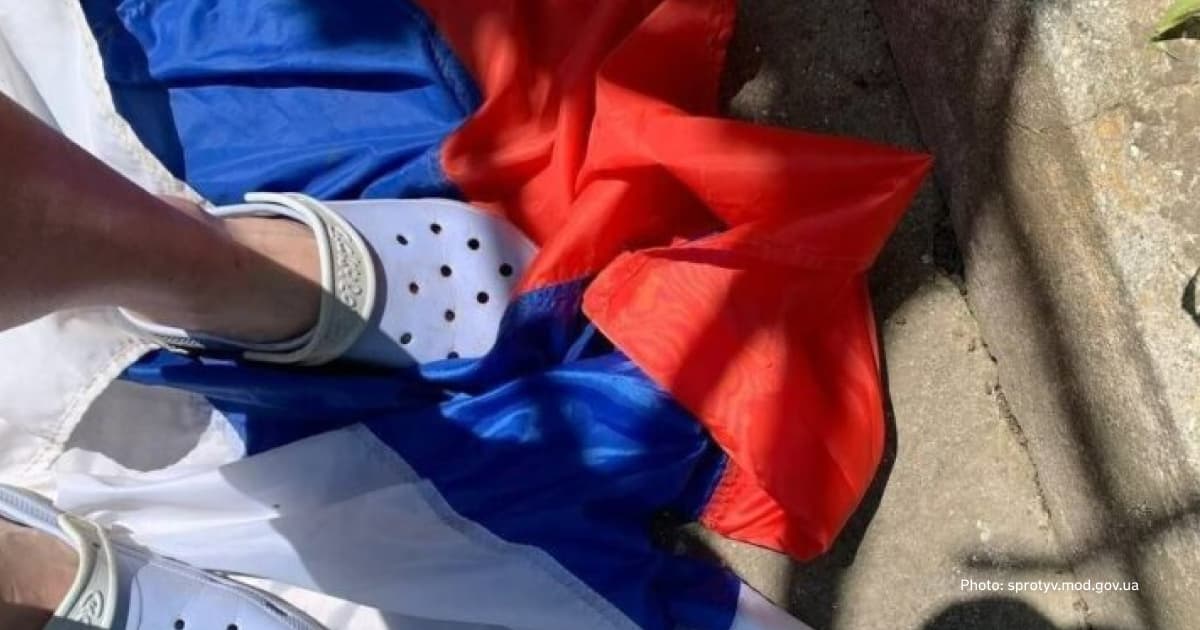
"We have formed and spread our guerrilla movement not only in all the temporarily occupied territories of Ukraine but also throughout the Russian Federation, from Kaliningrad to Vladivostok. Members of [Atesh] kill collaborators, sabotage logistical facilities and scout out important sites. We send all the information we get to the Ukrainian defence forces. Not everyone can take up arms, but we are convinced that everyone can provide effective resistance," say members of the Atesh movement.
Kateryna from the Kherson region talks about the methods of civil resistance.
"You can hang leaflets, yellow ribbons, paint graffiti, collect and burn Russian propaganda, destroy symbols of their racism — tricolours, St George ribbons and other rubbish," says the activist.
Liliia, for example, who stayed in Kherson throughout the occupation, did not have the opportunity to print leaflets. But she found stencils and started drawing them by hand.
"It took me about two hours to make one leaflet. And they were torn off almost immediately. I started drawing two at a time. It was faster and more productive," recalls Liliia.
When asked why she decided to join the resistance, Liliia says that she saw "how sad people were walking around and I wanted to help them".
"Nobody knew [what I was doing]. My children saw me and guessed. But I didn't tell anyone about it because this is guerrilla warfare," Liliia explains.
Olha (name changed for security reasons), from the Svatove district of the Luhansk region, which is in the east of Ukraine and has been partially occupied since 2014, told Svidomi how locals tore down Russian flags after the village was occupied.
"Unfortunately, I don't know their names. But I really want to find out so I can shake their hands," the woman said.
She also recalls how, on August 31, 2022, the walls of a local school were painted in the colours of the Ukrainian flag over Russian symbols. Olha believes that such "actions" could be carried out not only by locals.
But now Olha's village is still under "deep occupation". According to the woman, it is almost impossible to enter and very difficult to leave. Active physical resistance is, therefore, almost impossible.
Russian pressure increases in proportion to the Ukrainian army's success at the front
The Yellow Ribbon says that the situation in the temporarily occupied territories of the Zaporizhzhia and Kherson regions is similar.
"There is a strong counter-intelligence regime, constant pressure, people are afraid to take active action, but despite this, we constantly see that they have not accepted the occupation," the movement's team told Svidomi.
Russian soldiers were also irritated by the resistance in the Svatove district of the Luhansk region.
"They were driving around the village looking for any young people they saw near the site. When someone painted a school, the district police and commandants came to the 'suspects'. I was also among the 'suspects'. The occupation authorities threatened us and held 'educational talks'," recalls Olha, who has already fled the occupation in the Luhansk region.
Kateryna, from the Kherson region, says that the physical resistance of the local population is currently decreasing due to the increasing harassment by the Russians. But the amount of information about Russian collaborators and war crimes is only growing, the activist says.
"Our forces entered Krynky, and the Russian anger and harassment intensified. There were a lot of dead and injured among their units, and they vented their anger on the locals: searches, threats of physical violence, moral pressure, arrests," the activist says.
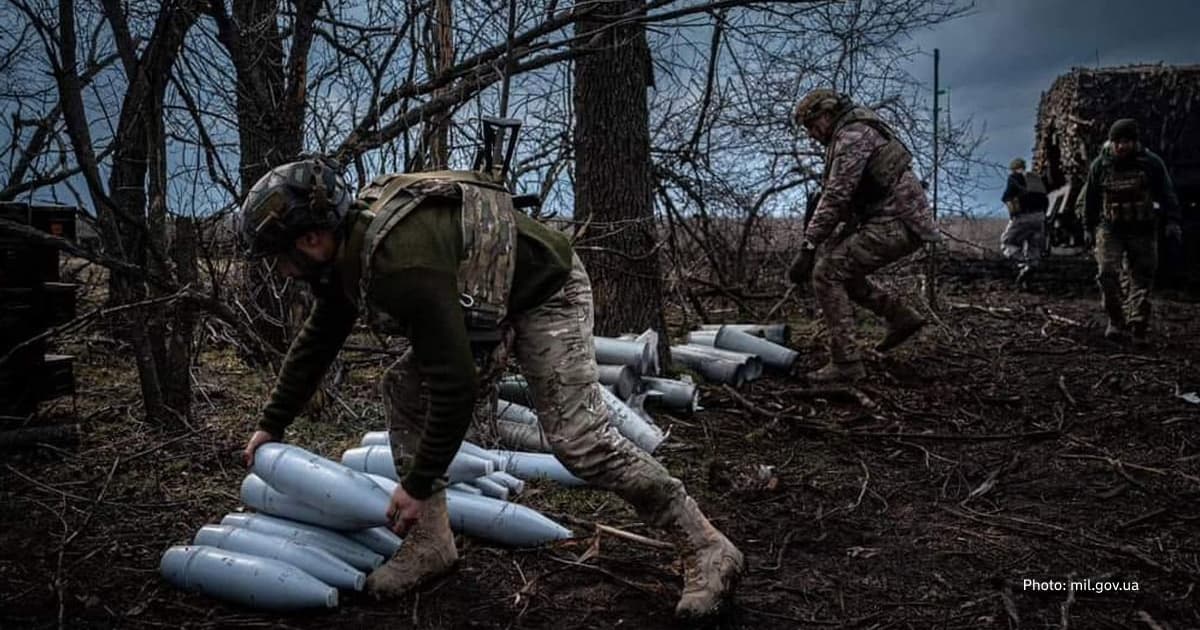
At the same time, according to Kateryna, the resistance in the newly occupied regions and those that have been under Russian control since 2014 is different.
The number of searches of civilians in the occupied regions of Zaporizhia and Kherson is much higher.
"All this is aimed at suppressing any resistance from the local population from the beginning," the activist explains.
Despite ten years of occupation, she adds that Crimea has the largest number of movement activists. That is why Ukrainians can see the blue and yellow flags raised on the peninsula.
In turn, Atesh says that at first, Russians did not believe in the "active armed resistance of Ukrainians" on the temporarily occupied peninsula. But their opinion has changed.
"Our sources in the Federal Security Service of Russia tell us that new operational units of this agency are arriving on the peninsula. The central department of the FSS in Moscow does not trust the Crimean department, accusing it of sabotaging its work because of the activities of the Atesh movement and other pro-Ukrainian movements," the resistance movement's representative office said.
There was resistance until 24 February, but it was expressed "mainly in a political form".
"The people of Crimea expressed their rejection of the occupation. Numerous arrests of Ukrainian and Crimean Tatar activists are the best proof of this," Atesh concludes.
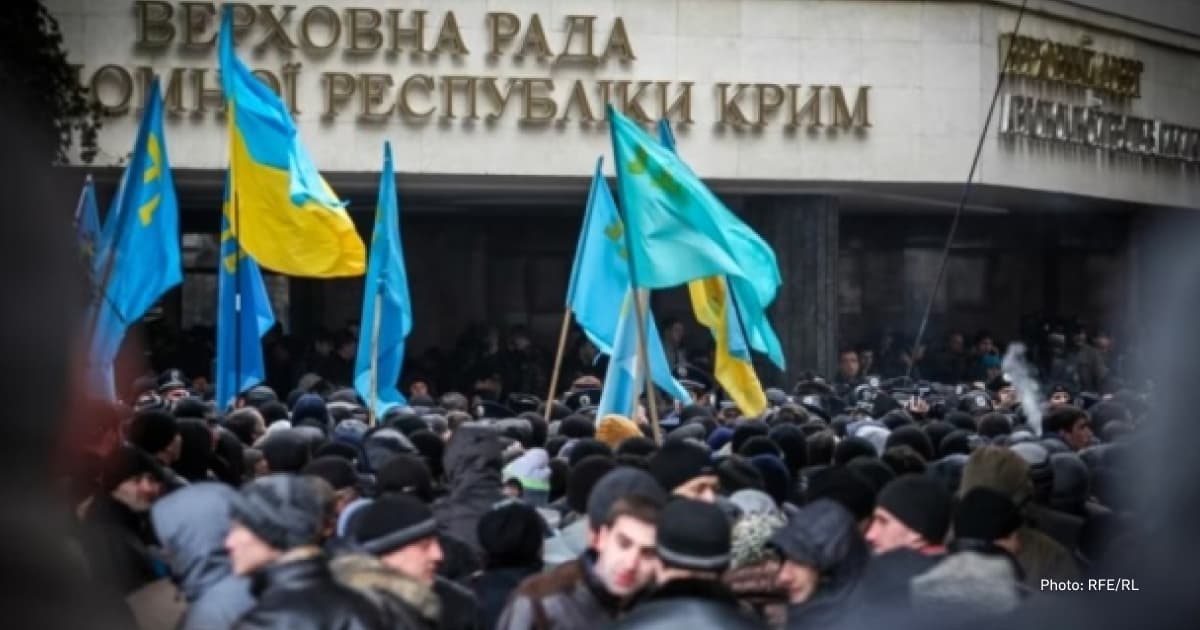
Information converted into the success of the Ukrainian Armed Forces
Thanks to reports from the temporarily occupied territories, the Ukrainian defence forces are able to attack the Russian army in the rear.
"Every strike reminds the enemy that he is only a small page in the history of the occupied territories," the National Resistance Centre says.
In March 2022, the Ministry of Digital Transformation created the chatbot "eVorog" ("eEnemy").
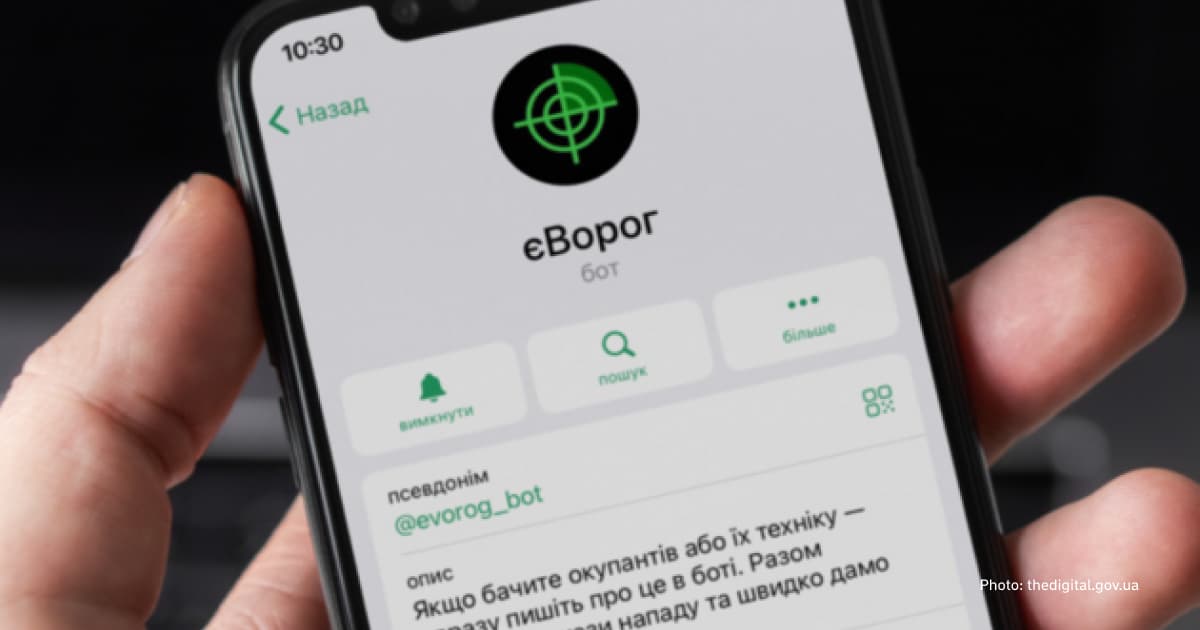
"If you see Russian equipment or occupiers, send the exact geolocation of their location, as well as photos and videos. It will require verification of your identity through the Diia app," the Ministry of Digital Transformation said.
Ukrainians responded to this request, but not everyone could complete the verification due to unstable connectivity. The information was disseminated by all possible means.
Liliia used a VPN that a friend helped her set up to tell people in Ukrainian-controlled territories about the concentration of Russians in Kherson.
She used to go for "walks" during the day. Sometimes, she even managed to shoot videos. At home in the evening, she passed on the necessary "points on the map".
"In short, the police had already moved into our school. And Russian Security Services started bringing their families to the dormitory. I told our people [at the Ukrainian-controlled territories] and even filmed it. I walked around the block to avoid being caught. I told them [what I had seen]. And then we heard the planes coming in. That's how the Russians fled," Liliia recalls.
How to support the resistance if you are in Ukrainian-controlled territory
"The support itself gives you the strength to stay afloat. You understand why you are doing it and your role in the process. You see how people react," says Kateryna from the Kherson region.
When she reads the comments under the posts about the campaigns in the occupied territories, she realises that "everything is not in vain".
"The soldiers are paying an extremely high price to keep us free, and they also have to show that we are waiting for them. The Ukrainian-controlled territory should see that it is worth fighting for," the activist concludes.
Atesh's office stresses the importance of spreading information.
"People from the temporarily occupied territories of Ukraine hear information about our activities. It makes them see the real possibility of resisting the occupation. It allows us to recruit new agents and expand," the movement's activists say.

